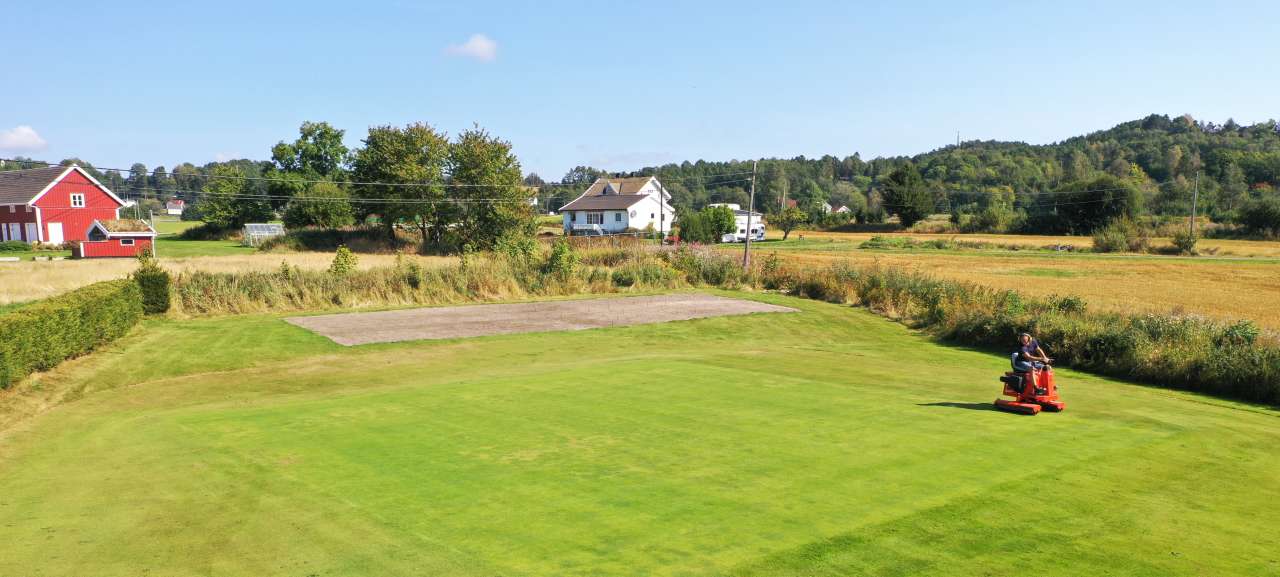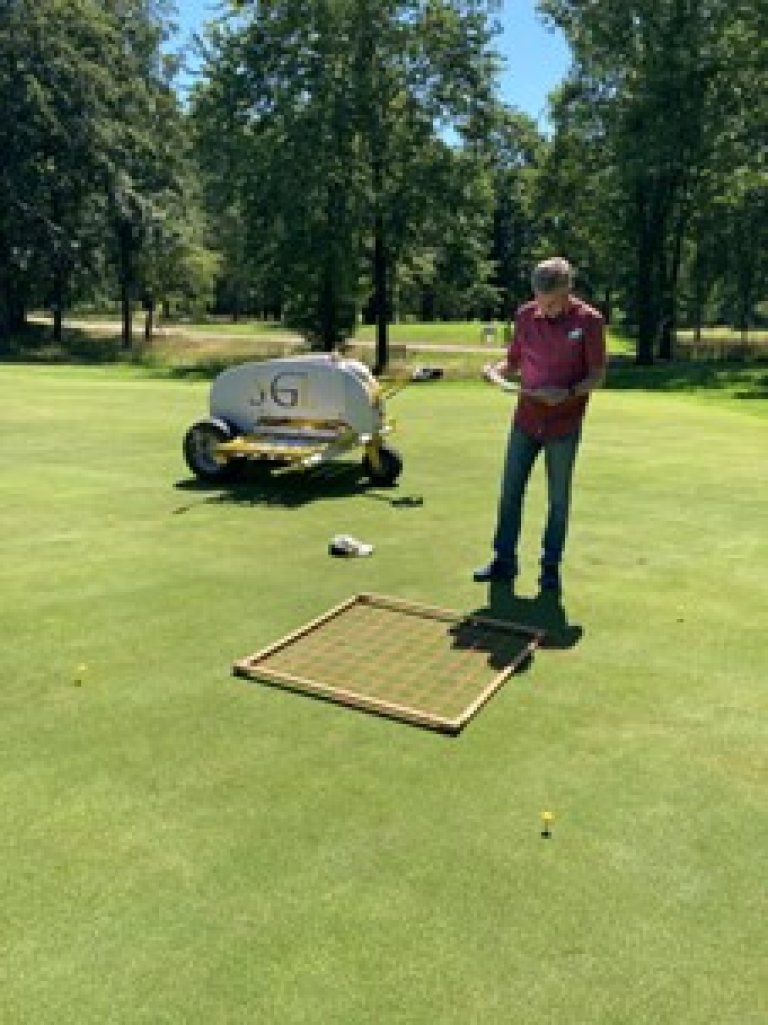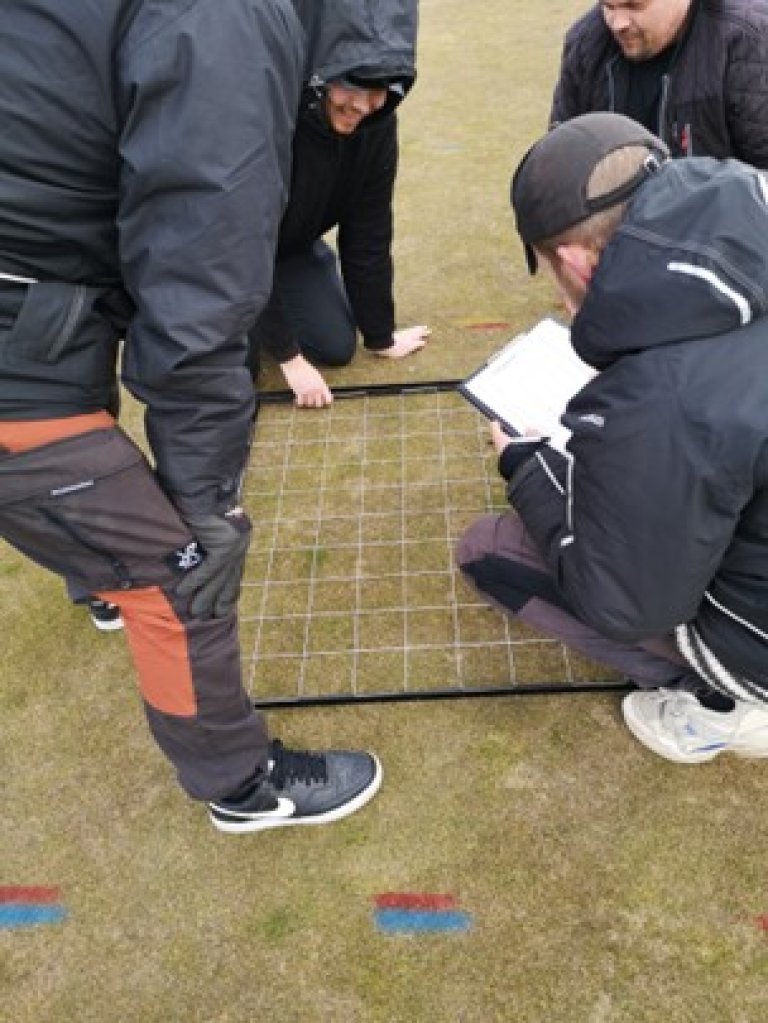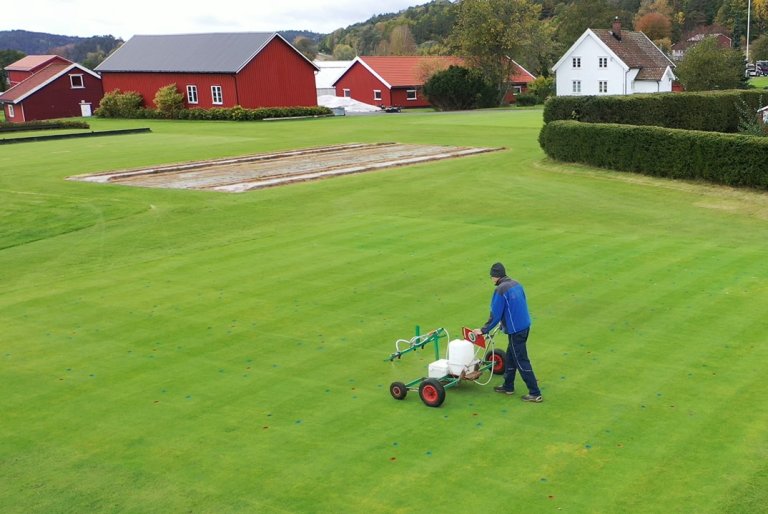Division of Environment and Natural Resources
IPM-GOLF

End: dec 2023
Start: jul 2020
Integrated management of important turfgrass diseases and insect pests on European golf courses (IPM-GOLF)
Project participants
Karin Juul Hesselsøe Erik Lysøe Anne Friederike Borchert Trygve Serck-Hanssen Trond Olav Pettersen Kristine Sundsdal Victoria Stornes Moen Monica Skogen Christian Spring, Sports Turf Research Institute, UK Martin Nilsson, Københavns Golf Club, Denmark Wolfgang Prämaßing, University of Applied Sciences Osnabrueck, Germany Axel Städler, Golf Course Osnabrueck, Germany Karin Normann, Asbjørn Nyholt ApS, Denmark Marina Usoltseva, Botaniska Analysgruppen, Sweden Kate Entwistle, The Turf Disease Centre, UK Sabine Braitmaier, ProSementis GmbH, Germany Carlos Guerrero, University of Algarve, Portugal Tatiana Gagkaeva, VIZR - All-Russian institute of plant protection, Russia Yuri Lebedin and Anna Antropova, XEMA, Finland Ingeborg Menzler Hokkanen and Heikki Hokkanen, University of Eastern Finland

| Start - end date | 01.07.2020 - 31.12.2023 |
| Project manager | Tatsiana Espevig |
| Division | Division of Environment and Natural Resources |
| Department | Urban Greening and Vegetation Ecology |
| Partners | STRI (UK), Københavns Golf Club (DK), University of Applied Sciences Osnabrück (DE), Golf Course Osnabrueck (DE), Asbjørn Nyholt ApS (DK), Botaniska Analysgruppen (SE), The Turf Disease Centre (UK), University of Algarve (PRT), VIZR (RU), University of Eastern Finland |
| Total budget | 4 514 600 SEK |
| Funding source | STERF, R&A, Netherlands Golf Federation, German Golf Association, Botaniska Analysgruppen, the Danish Environmental Protection Agency, ICL, Syngenta, Suståne and Aqua-Yield. |
Integrated Pest Management (IPM) refers to the integration of all available techniques for control of diseases, harmful insects and weeds that discourage the development of pest populations and keep the use of pesticides to levels that are economically justified and environmentally sustainable (FAO, 2016).

Objectives
The overall objective of IPM-GOLF is to investigate cultural practices and new technologies for prevention and control of the two most important turfgrass diseases on golf course putting greens and insect pests on golf courses with a minimum use of pesticides. Thus, the objectives of the project are:
- To investigate the effect of cultural approaches such as rolling (microdochium patch only), UV-C radiation and alternative products against microdochium patch and dollar spot (WP1 and WP2);
- To identify the fungal species causing dollar spot in Northern and Central Europe and investigate immonoassay for identification of Clarireedia spp. and Microdochium nivale in plant tissue and Clarireedia spp. in commercial seeds (WP2);
- To compile a review of the management and potential innovation options of monitoring, warning and control of chafer grubs and leatherjackets on golf courses (WP3);
To provide technology transfer to the golf course industry, to disseminate the results from the project through popular and scientific publications, videos and fact sheets. To participate in international seminars and meetings, which will provide exchange of knowledge and experience among scientists, superintendents, industry, turfgrass agronomists and consultants.
Publications in the project
Authors
Karin Juul Hesselsøe Tatsiana Espevig Erik Lysøe Christian Spring Marina Usoltseva Ingeborg Menzler-HokkanenAbstract
No abstract has been registered
Abstract
No abstract has been registered
Abstract
No abstract has been registered
Authors
Tatsiana Espevig Karin Juul Hesselsøe Erik Lysøe Trygve Serck-Hanssen Christian Spring Martin Nilsson Wolfgang Prämaßing Axel Städler Karin Normann Marina Usoltseva Kate Entwistle Carlos Guerrero Tatiana Gagkaeva Yuri Lebedin Ingeborg Menzler Hokkanen,Abstract
No abstract has been registered
